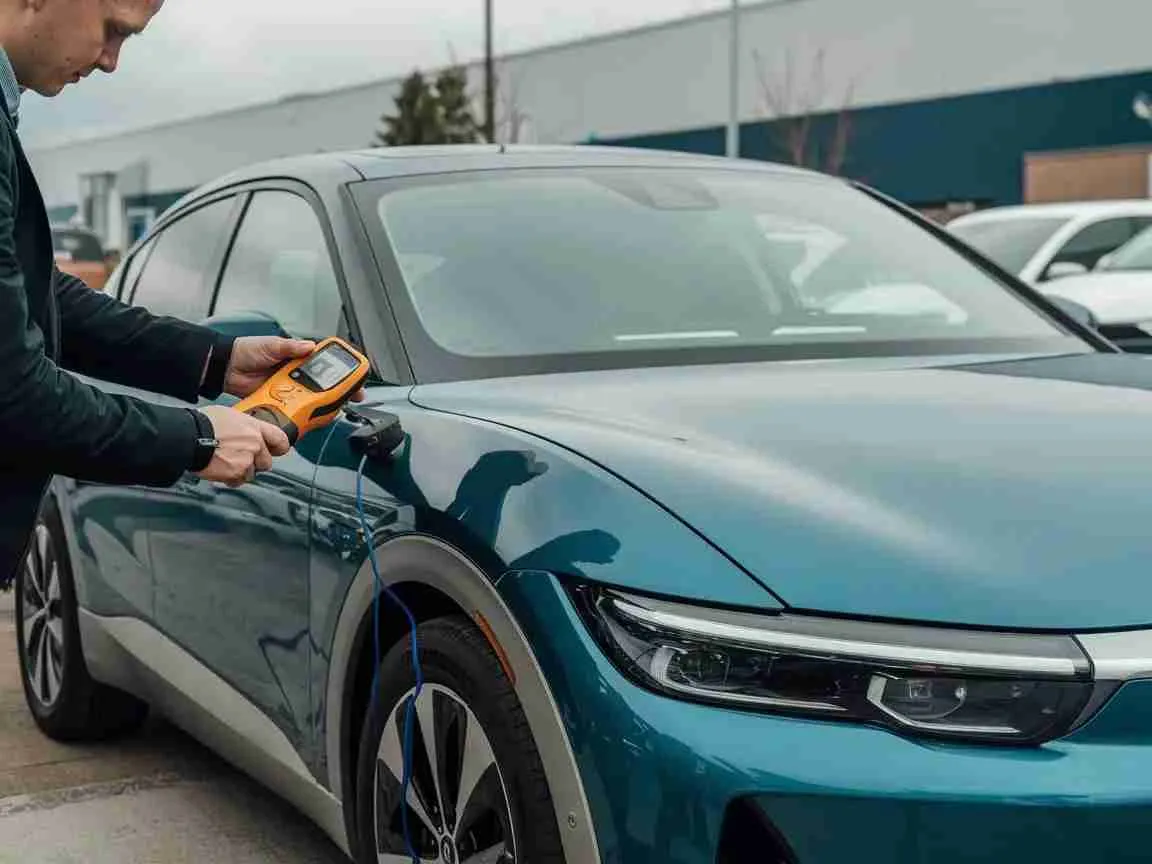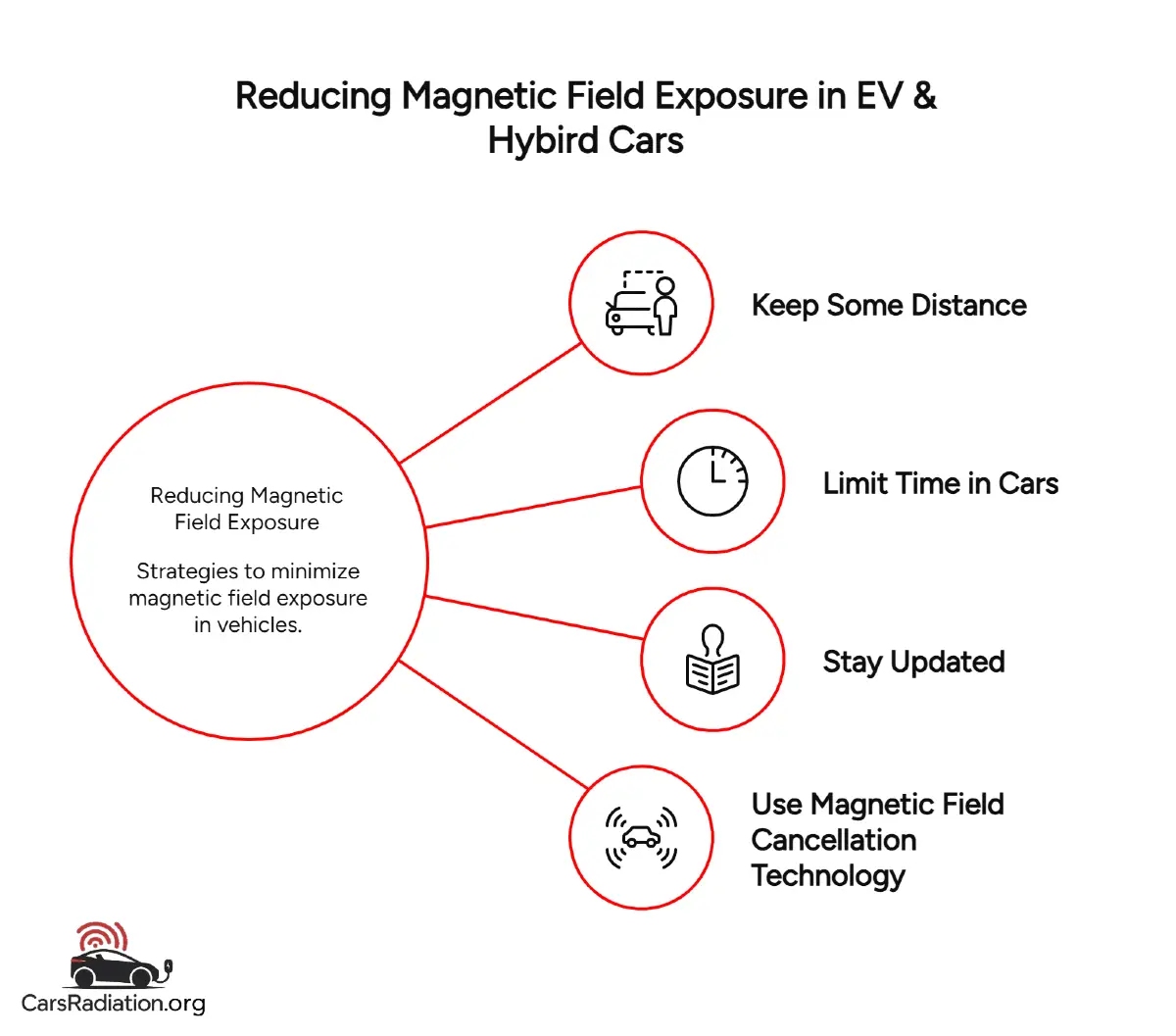Magnetic Fields in Electric and Hybrid Cars: What You Should Know

Electric and hybrid vehicles are steadily gaining ground as energy-efficient options compared to conventional internal combustion cars. As these technologies change, they introduce new considerations, including the presence of magnetic fields.
These magnetic fields are a direct result of the electrical systems used to power the car. Knowing what they are, how they’re generated, and whether they pose any potential risk is important, especially for those spending extended time inside such vehicles.
Below, will outline the basic principles behind these fields, their sources, and relevant health perspectives, using simple and everyday language.
What Are Magnetic Fields and What Produces Them in a Vehicle?
Magnetic fields are invisible zones of force created whenever electric current flows. Any electrical wire, device, or system that carries current generates a magnetic field. This applies both to everyday appliances and to more complex systems such as electric vehicles.
 In the context of electric and hybrid vehicles, magnetic fields are generated by several primary components that make up the power system:
In the context of electric and hybrid vehicles, magnetic fields are generated by several primary components that make up the power system:
- Electric Motor: The main propulsion unit of the car. As it operates while converting electrical energy into mechanical motion, it generates alternating magnetic fields as a byproduct of the current passing through it.
- Battery System: The source of stored electrical energy in the vehicle. When discharging to power the car, the battery creates magnetic fields due to the flow of high current through its terminals and internal wiring.
- Power Cables: These are the conductors that transfer energy between the battery, motor, and other components. Because they carry significant current, the magnetic fields surrounding them can be relatively strong, especially when routed near the cabin.
- Power Electronics: Units such as inverters, converters, and onboard chargers control and manage electricity throughout the vehicle. These also contribute to the overall magnetic field environment due to their internal switching operations.
These magnetic fields are not visible, but they are measurable. Standard units used to describe their strength are microteslas (µT) and milligauss (mG), where 1 mG equals 0.1 µT. These units allow comparison across studies and systems and are used in safety assessments and regulations.
Let’s Make Sense of the Numbers, Without the Jargon
Terms like microteslas and milligauss may sound technical, but the basic idea is simple.
Think of it like heat from a fire. The closer you are, the hotter it feels. Step back just a little, and the intensity drops. Magnetic fields behave in a similar way. Their strength depends mainly on how close you are to the source, such as a car’s motor or battery.
That’s why the highest magnetic field levels are typically measured right near these components. But just a small distance away, like in the cabin where passengers sit, the levels are significantly lower. According to data from a study done by Krzysztof Gryz, Jolanta Karpowicz , and Patryk Zradziński, magnetic field strength in passenger areas is much weaker than near the motor.
In other words, sitting inside the car is more like staying at a safe distance from the fire: still warm, but not too close to the flames.
So, How Can Exposure Be Reduced?
There are practical ways to reduce exposure to magnetic fields in vehicles. These steps are straightforward and based on existing knowledge of field behavior and exposure risk:
Increase Distance from Field Sources
Magnetic field strength decreases rapidly with distance. Sitting further away from components such as the motor, inverter, or battery (typically located under the floor, in the trunk, or near the axles) can significantly reduce exposure levels.
Limit Time Spent Inside the Vehicle, Especially for Children
Reducing the overall duration of time spent in electric or hybrid vehicles helps minimize total exposure. This is particularly important for children, whose bodies are still developing and may be more affected by environmental factors.
Stay Informed Through Reliable Sources
Following updates from established health agencies, such as the WHO and the European Commission’s Joint Research Centre, provides valuable insight into new findings and evolving recommendations related to electromagnetic fields.
Use Field Reduction Technologies Where Available
Advanced technologies such as SafeFields’ active cancellation systems can lower magnetic field exposure levels in the cabin. These systems are designed to emit counter-fields that neutralize the original magnetic emissions, offering an added protective measure.

Why Should We Understand Magnetic Fields?
Learning about magnetic fields is not only about looking at possible risks, it’s also about learning how electric and hybrid vehicles function. These cars represent real progress in cutting down pollution and lowering our use of gasoline. The magnetic fields they give off are a basic result of their electrical systems, just like heat is a normal part of how an oven bakes a cake.
Stay Informed to Lower Your Exposure
Electric and hybrid vehicles are an important step toward reducing environmental effects. However, as with any new technology, they also introduce new elements that should be better understood.
Being aware of these factors helps you make informed choices. Simple, practical steps, like adjusting seating positions or limiting long-duration trips, can help reduce your exposure. It’s a sensible strategy: small actions taken today may help support better health outcomes over time.

